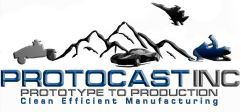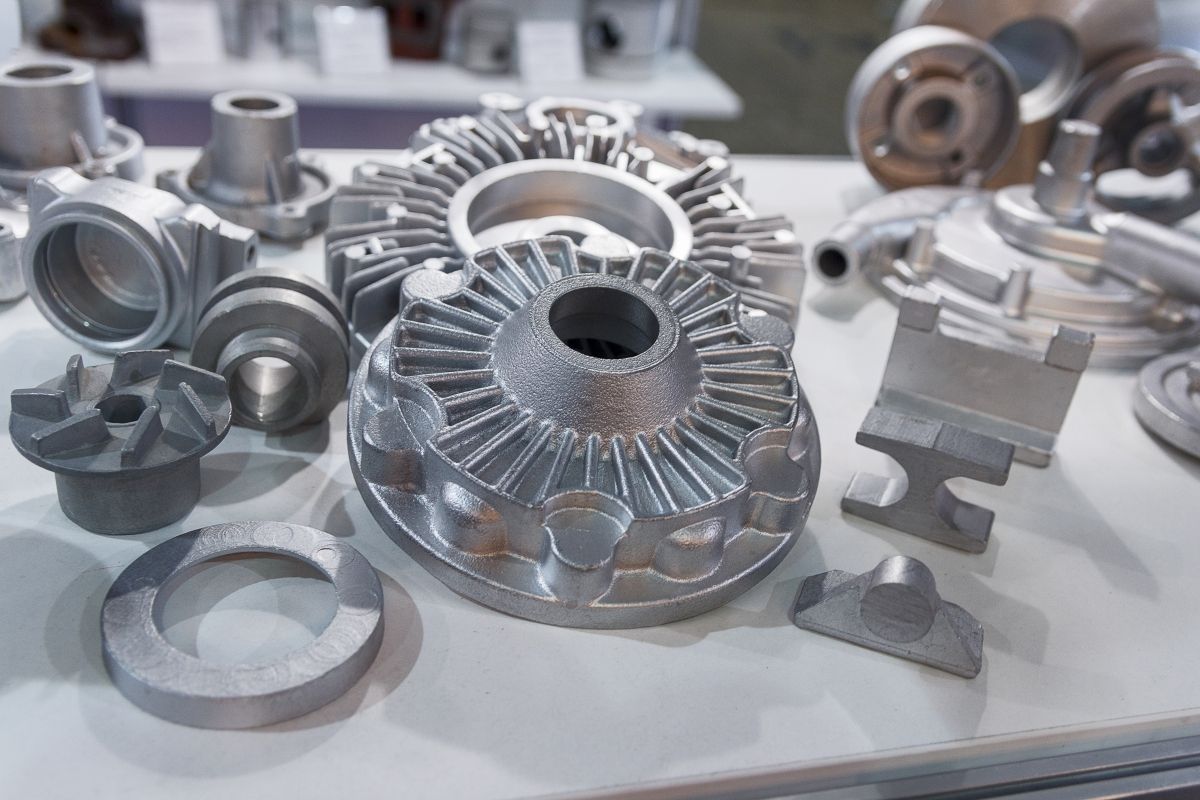As a foundry in Denver, we often get the question “What is the difference between die casting and CNC machining?” And oftentimes, when we get that question it is quickly followed up with “How do I know what method of production is best for my project?”
Both questions are valid, being that the intricacies of the work we do in our foundry are often murky for people that have never directly worked in one, or even taken a tour of a facility. At Protocast Inc, your local source for casting and machining in the Denver-area, we understand that the difference between die casting and machining can be a little hard to grasp, and because of this, we will be discussing that very topic in today’s blog post.


